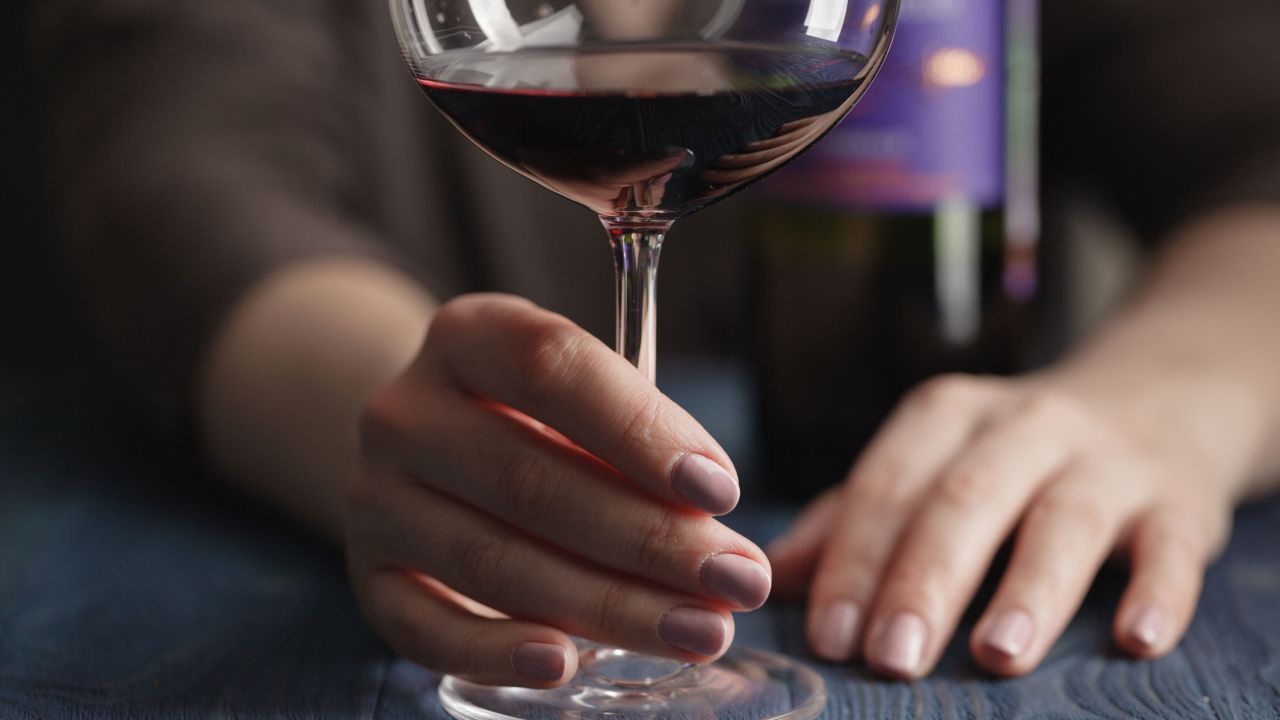Editor’s Note: Jill Filipovic is a journalist based in New York and author of the book “OK Boomer, Let’s Talk: How My Generation Got Left Behind.” Follow her on Twitter. The opinions expressed in this commentary are solely her own. View more opinion on CNN.
American women have a problem with booze. A new study from The Journal of the American Medical Association (JAMA) shows that alcohol-related deaths are rising generally, but are rising more quickly among women than among men.

According to this research, from 2018 to 2020, women saw a 14.7% increase in alcohol-related deaths, compared to a 12.5% increase among men. And the shift was also pronounced among individuals 65 and older, where there was a 6.7% increase in alcohol-related deaths among women, compared to a 5.2% increase among men.
These findings go hand-in-hand with other indicators of physical and social decline for women and men: a decrease in life expectancy more broadly, and particularly among working-class White Americans; elevated rates of suicide and drug overdoses; and upticks in depression and anxiety.
More Americans than ever are living alone, and while that could be a potent social shift with benefits for some, for a lot of other people it means less empowered singlehood and more isolation, including the depression that can come from feelings of loneliness and disconnection.
For women in particular, feminist successes have given us many more years of singlehood, and made marriage and parenthood far less compulsory — and as a result, fewer women are having children, and those who do are entering parenthood later and later. As I have recently written, these developments are often positive, even if society has yet to catch up.
Those longer single and childless years also mean, for many Americans, many more social years: years during which young people are gathering together, dating and hanging out with friends, away from parental or spousal supervision. These activities often involve drinking, sometimes heavily, and can set patterns that last for life — or at the very least put significant stress on a person’s body, and lead to health complications later.
Coupled with the American way of eating (fast, hyper-processed and heavy on the fat, sugar and salt) and our general sedentariness, this kind of sustained, and often heavy alcohol use can have devastating effects.
There is also the simple fact that Americans have long had a deeply dysfunctional relationship with booze, and as women have moved toward greater equality with men — and lived lives that look more like men’s — women are engaging in more alcohol-related dysfunction.
As with many other pleasures — sex, food — American culture can be at once puritanical and prurient. Conservatives demand the teaching of abstinence in schools while seeking to scale back reproductive rights; at the same time, nearly all Americans have sex before marriage and online porn is both ubiquitous and often made in America.
When it comes to alcohol, many conservative churches discourage its use, many states and localities retain vice laws that limit its sale and we allow young people to enroll in the military before they can legally get a drink at a bar, while we also glorify dangerous binge drinking as almost a rite of passage.
Our culture treats alcohol-saturated fraternities as a normal part of the college experience, black-out drinking as entertaining comedy fodder and now, for women, getting white-wine wasted as a way to cope with the stress of raising children.
The messaging around women and drinking has reflected women’s shift toward the dysfunctional, which may then create a vicious cycle as more women see problem drinking cast as cheeky, fun or normal. From “mommy juice” wine glasses to the category of middle-aged White women now known as the “wine mom” to exercise-and-wine classes targeted at women, the marketing, not just of booze but of all-day drinking to women, has been ascendant over the last decade or so. And more women may now be paying the price for this normalization of alcohol abuse.
Alcohol can be a really delightful part of life. It is true that even moderate drinking can pose risks to your health. But I suspect many of us would choose to be on earth for a slightly shorter period of time if it means we can enjoy a great glass of wine at dinner, or sip on a beer during a baseball game or have an indulgent cocktail out with friends — the same way we may trade a health benefit for the occasional steak dinner or slice of birthday cake. The problem isn’t the very existence of booze. It’s the widespread overuse of it, and a culture that does not seem to embrace pleasure, health and moderation.
The US remains an outlier among prosperous and developed nations in our lack of a national health insurance scheme and its failure to properly prioritize primary care prevention, which leaves millions of Americans without access to decent health care. Without good care, many Americans are simply not getting sustained and accurate messages about what it actually means to make healthy choices, from the medical care we seek to the food we eat to what and how much we drink.
Many people also turn to drugs and alcohol as a coping mechanism — when they’re stressed or lonely or sad. And American life has become extraordinarily stressful and isolating. A pandemic sent many of us home for week or months at a time, severing the low-stakes interactions and connections with acquaintances, colleagues and even strangers that are all a key part of human socialization.
Even before the pandemic hit, Americans were reporting elevated rates of loneliness. The way many Americans live, in suburbs or rural areas or even in many cities, is lonely by literal design: homes built for a nuclear family, with a car to transport you to and from work, to and from the store and to and from wherever else you might go, without the kind of public transportation and walkable town centers that are standard across much of Europe.
This is tremendously isolating, and as fewer Americans pair up romantically, fewer have children and the traditional pillars of civic and social life fall away or find themselves less populated (such as in churches, schools, local social organizations), more Americans are alone and struggling to cope. I suspect many of them are turning to alcohol as one way to dull the painful reality of isolation.
Get Our Free Weekly Newsletter
- Sign up for CNN Opinion’s newsletter.
- Join us on Twitter and Facebook
It doesn’t have to be like this. Our culture-makers should, of course, take greater care to not glorify alcohol abuse, and individuals have a responsibility to take care of their own health. But when we see what we’re currently seeing in the US — declining mental health, declining life expectancy, declining happiness and wellbeing — the problem is bigger than predatory advertising or bad personal choices.
This is a society-wide problem, and we need society-wide solutions, including political policies that incentivize health: wider access to health care, reasonable work hours so people can find the time to exercise and cook for themselves, paid sick and vacation days that let people care for their bodies and remind them that they deserve to be well. We also need a culture shift away from puritanism and toward pleasure — not pleasure as a guilt-inducing act of hedonism that must be atoned for, but part of a good, balanced, healthy life.
And finally, we need to understand that this rise of alcohol-related deaths among women in particular tells us something about modern womanhood: namely, that a lot of women are badly struggling, and need vastly more support.
None of that will end alcohol abuse, which has been a centuries-long problem. But it could radically decrease it, and make for a nation where many more of us are happier, healthier, and can better enjoy our lives — with and without libations.


